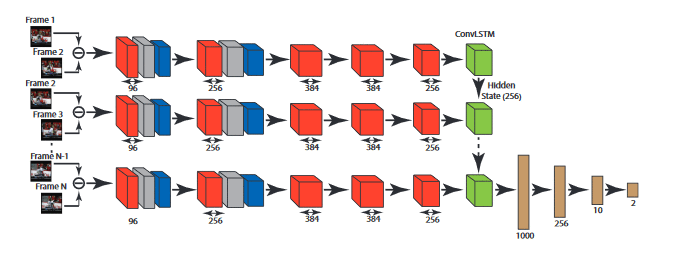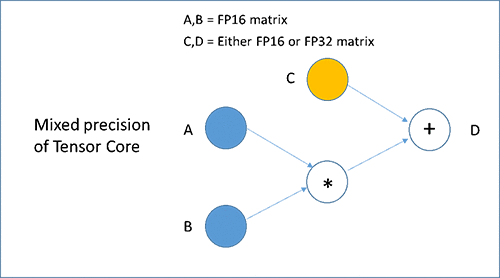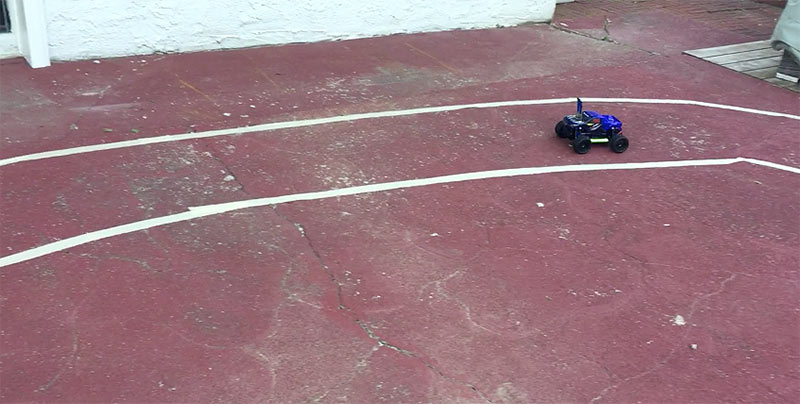Artificial Intelligence
Tag: Apache MXNet
Building an Autonomous Vehicle, Part 4: Using Behavioral Cloning with Apache MXNet for Your Self-Driving Car
In the first blog post of our autonomous vehicle series, you built your Donkey vehicle and deployed your pilot server onto an Amazon EC2 instance. In the second blog post, you learned to drive the Donkey car, and the Donkey car learned to self-drive. In the third blog post, you learned about the process of streaming telemetry […]
Announcing ONNX Support for Apache MXNet
Today, AWS announces the availability of ONNX-MXNet, an open source Python package to import Open Neural Network Exchange (ONNX) deep learning models into Apache MXNet. MXNet is a fully featured and scalable deep learning framework that offers APIs across popular languages such as Python, Scala, and R. With ONNX format support for MXNet, developers can […]
Apache MXNet Version 0.12 Extends Gluon Functionality to Support Cutting Edge Research
Last week, the Apache MXNet community released version 0.12 of MXNet. The major features were support for NVIDIA Volta GPUs and sparse tensors. The release also included a number of new features for the Gluon programming interface. In particular, these features make it easier to implement cutting-edge research in your deep learning models: Variational dropout, […]
Apache MXNet Release Adds Support for New NVIDIA Volta GPUs and Sparse Tensor
We are excited about the availability of Apache MXNet version 0.12. Contributors in the MXNet community have collaborated to bring new feature enhancements to users. With this release, MXNet adds two new important features: Support for NVIDIA Volta GPUs, which enable users to dramatically reduce the training and inference time for a neural network model. […]
Build an Autonomous Vehicle Part 2: Driving Your Vehicle
This is the second blog post in our series that teaches you how to build a 1/16th scale autonomous car. You can also tune in to our Twitch streams to review concepts discussed in these blogs. After following along with us, you can bring your own car to race at the re:Invent Robocar Rally 2017, […]
Introducing Gluon — An Easy-to-Use Programming Interface for Flexible Deep Learning
Today, AWS and Microsoft announced a new specification that focuses on improving the speed, flexibility, and accessibility of machine learning technology for all developers, regardless of their deep learning framework of choice. The first result of this collaboration is the new Gluon interface, an open source library in Apache MXNet that allows developers of all skill levels to prototype, […]
Introducing NNVM Compiler: A New Open End-to-End Compiler for AI Frameworks
You can choose among multiple artificial intelligence (AI) frameworks to develop AI algorithms. You also have a choice of a wide range of hardware to train and deploy AI models. The diversity of frameworks and hardware is crucial to maintaining the health of the AI ecosystem. This diversity, however, also introduces several challenges to AI […]
Build an Autonomous Vehicle on AWS and Race It at the re:Invent Robocar Rally
Autonomous vehicles are poised to take to our roads in massive numbers in the coming years. This has been made possible due to advances in deep learning and its application to autonomous driving. In this post, we take you through a tutorial that shows you how to build a remote control (RC) vehicle that uses […]
Bring Machine Learning to iOS apps using Apache MXNet and Apple Core ML
With the release of Core ML by Apple at WWDC 2017, iOS, macOS, watchOS and tvOS developers can now easily integrate a machine learning model into their app. This enables developers to bring intelligent new features to users with just a few lines of code. Core ML makes machine learning more accessible to mobile developers. […]
Apple Core ML and Keras Support Now Available for Apache MXNet
We’re excited about the availability of Apache MXNet version 0.11. With this release, MXNet hit major milestones, both in terms of community development and as an incubating Apache project. Contributors—including developers from Apple, Samsung and Microsoft—committed code to this release. There are over 400 contributors on the project so far. The project has now fully […]









